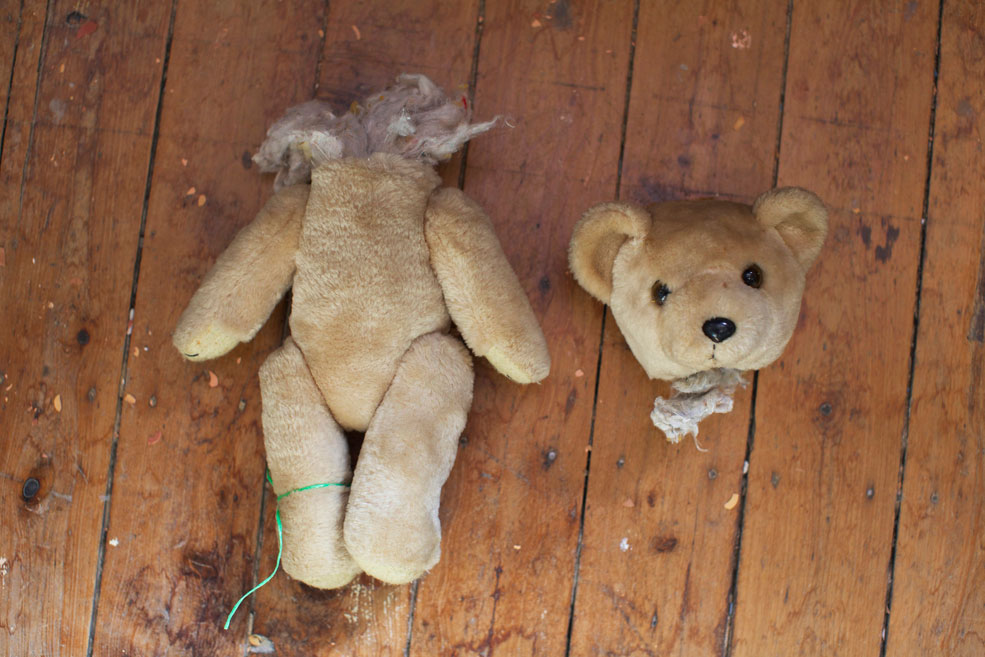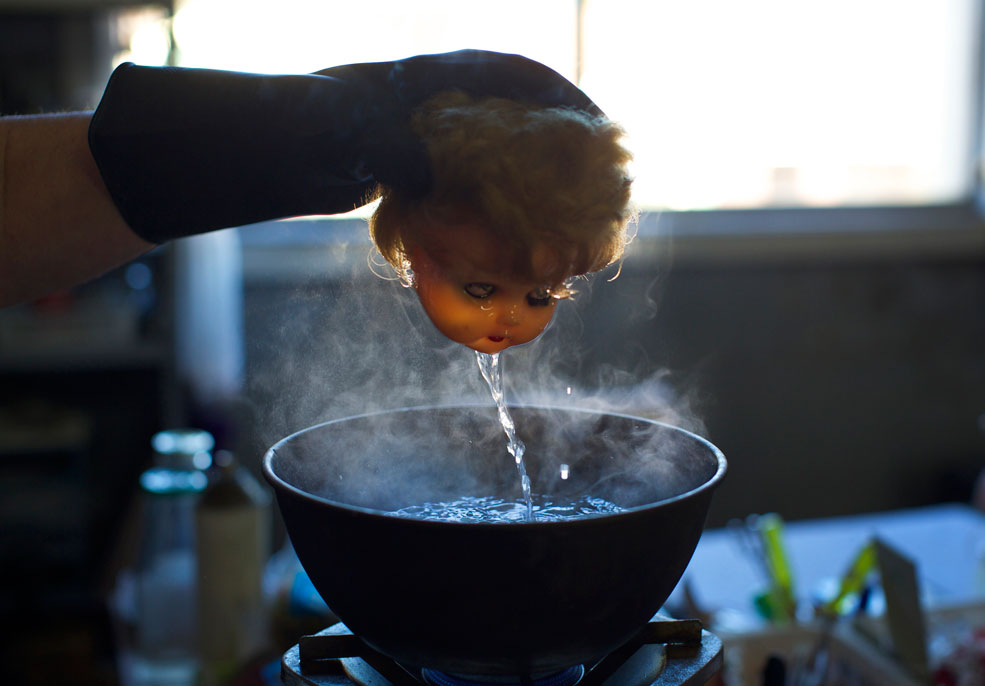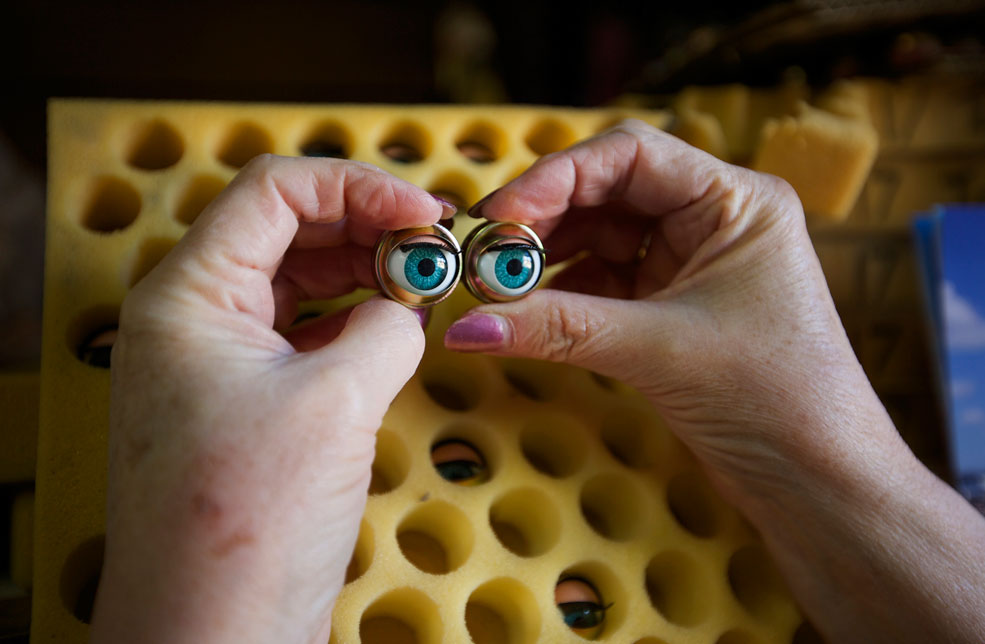A doll hospital is an endearingly creepy place to work
This operation in Sydney, Australia, is one the last of its kind, where stuffed victims can be expertly brought back to life

Behind a toy shop, in Sydney, Australia, there is a hospital where employees stitch up fingers, restore vision, and take their marching orders from a surgeon-in-chief. Many of the specialists are veterans of the hospital, having worked there for decades.
But this family-owned infirmary doesn't save human lives. It tends exclusively to dolls, teddy bears, and other childhood toys. For more than a century, the Doll Hospital has nursed these cherished best friends back to health.
While it sounds downright precious, a Doll Hospital in action can be jarring at times — there's a reason Chucky is so frightening. In one corner of the workshop, disembodied arms and legs dangle from a line. In another, an employee pulls a toy head from a steaming vat of water. Meanwhile, a doll having its leg fixed appears to look off into the distance with glazed, heavy-lidded eyes.
The Week
Escape your echo chamber. Get the facts behind the news, plus analysis from multiple perspectives.

Sign up for The Week's Free Newsletters
From our morning news briefing to a weekly Good News Newsletter, get the best of The Week delivered directly to your inbox.
From our morning news briefing to a weekly Good News Newsletter, get the best of The Week delivered directly to your inbox.
But fear not, the hospital specializes in Toy Story-esque endings, not those that will keep you up in the middle of the night.
"We've had customers who've burst into tears [when they see a restored toy]," Geoff Chapman, the 67-year-old "surgeon-in-chief" whose grandfather started the business, told Reuters.
Below, see the happiness come creepily together in one of the world's last remaining full-service doll hospitals:

A young customer looks over the counter at a doll she brought in for repair. | (REUTERS/Jason Reed)
A free daily email with the biggest news stories of the day – and the best features from TheWeek.com

A teddy bear sits in two pieces on the workshop floor prior to its restoration. | (REUTERS/Jason Reed)

An employee pulls a doll's plastic head out of a bowl of hot water, which is used to soften the material before removing and replacing its old eyes. | (REUTERS/Jason Reed)

Hundreds of doll limbs sit on shelves. | (REUTERS/Jason Reed)

A restorer adds fingers to a damaged doll's hand. | (REUTERS/Jason Reed)

A worker matches a pair of eyes. | (REUTERS/Jason Reed)

Geoff Chapman, "surgeon-in-chief" and third-generation owner of Sydney's Doll Hospital, inspects the glued leg of a doll that was brought in for repair. | (REUTERS/Jason Reed)

A plastic doll's head is exposed to ultra-violet light to temporarily soften it, before workers re-attach it to its body. | (REUTERS/Jason Reed)

A repairer puts the finishing touches on a doll at her workbench. | (REUTERS/Jason Reed)

Customers Allan and Sue Paviour smile as they pick up their repaired teddy bear from the Doll Hospital. | (REUTERS/Jason Reed)
Lauren Hansen produces The Week’s podcasts and videos and edits the photo blog, Captured. She also manages the production of the magazine's iPad app. A graduate of Kenyon College and Northwestern University, she previously worked at the BBC and Frontline. She knows a thing or two about pretty pictures and cute puppies, both of which she tweets about @mylaurenhansen.
-
 ‘It’s another clarifying moment in our age of moral collapse’
‘It’s another clarifying moment in our age of moral collapse’Instant Opinion Opinion, comment and editorials of the day
-
 Trump vows naval blockade of most Venezuelan oil
Trump vows naval blockade of most Venezuelan oilSpeed Read The announcement further escalates pressure on President Nicolás Maduro
-
 Political cartoons for December 17
Political cartoons for December 17Cartoons Wednesday's political cartoons include healthcare costs, the affordability hoax, giving up pencils, and more


